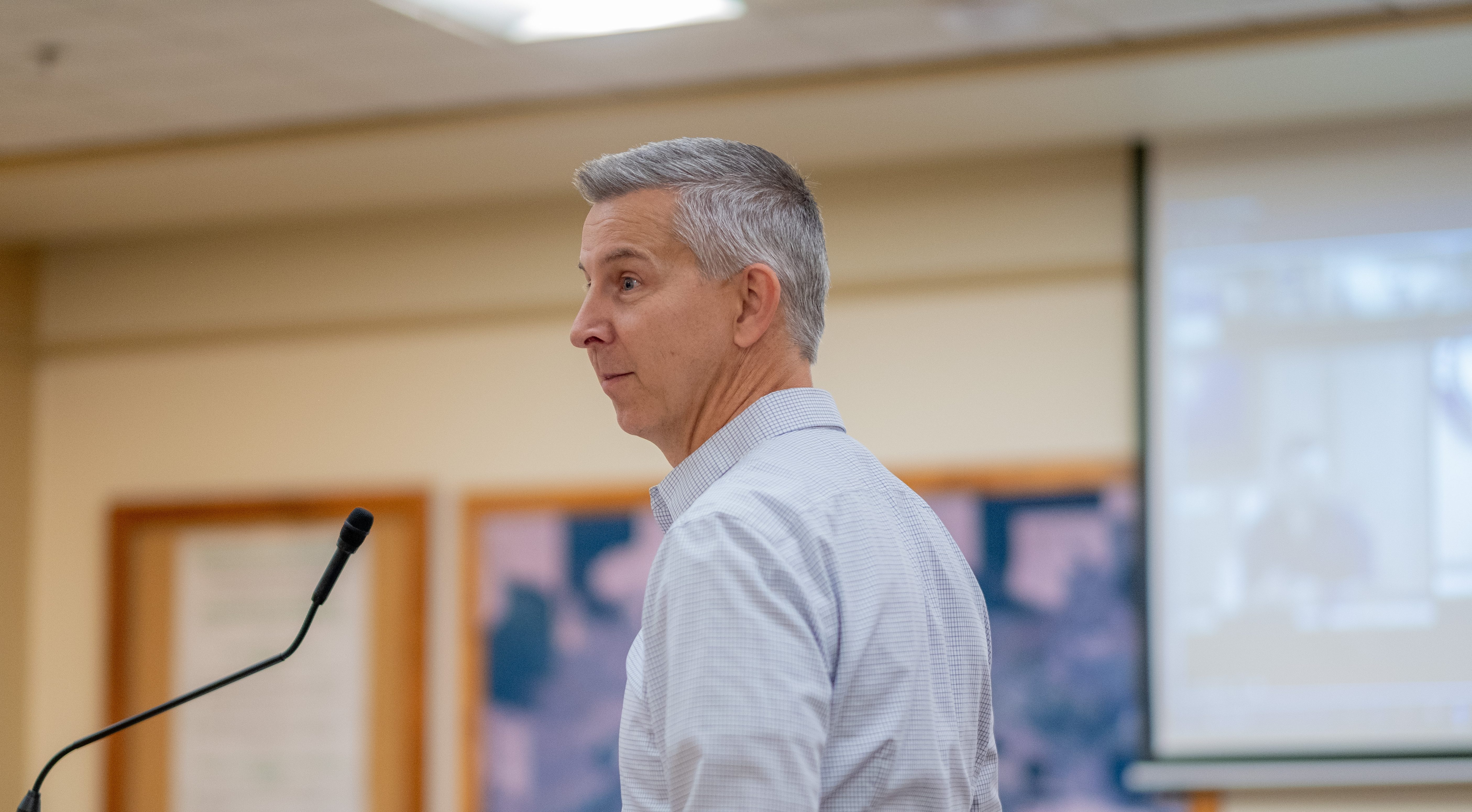Researchers to release tiny wasp targeting destructive fruit fly
Published 5:00 pm Wednesday, June 8, 2022
CORVALLIS, Ore. — An invasive fruit fly and major agricultural pest affecting Northwest berries, cherries and winegrapes may be about to meet its biological match.
Oregon State University researchers will release a tiny parasitoid wasp in the coming weeks to control spotted wing drosophila, or SWD, after getting approval from the USDA.
Trending
The wasp — known as Ganaspis brasiliensis — is a natural enemy of SWD. It targets the insects by laying its eggs inside drosophila larvae, killing them in the process.
Vaughn Walton, a professor and extension entomologist at the OSU Agricultural Experiment Station in Corvallis, said his lab began studying ways for growers to combat SWD in 2009, when the pest was first discovered in Oregon.
SWD originates in Southeast Asia, and likely arrived in the U.S. unintentionally via international trade, Walton said.
“You’re finding these introductions happening all the time,” he said. “This is not the only pest. This is not the only parasitoid. It is happening continuously.”
The result has been costly for fruit growers, with SWD causing an estimated $500 million in damage annually in crops such as sweet cherries, peaches, figs, blueberries, strawberries, blackberries, raspberries and winegrapes.
Oregon is the country’s second-largest producer of blueberries and third-largest producer of cherries. Together with winegrapes, the total combined value was approximately $411.3 million in 2020, according to the state Department of Agriculture.
Trending
Until now, Walton said growers have dealt with drosophila by spraying conventional insecticides. By introducing the wasp, he hopes it will lower SWD populations around commercial farms, which in turn will lower their production costs.
“This will have a huge impact,” Walton said, adding that SWD has a high reproduction rate and can be difficult to control. “Because of that, when using pesticides, they have to be applied constantly, sometimes two or three times a week.”
Removing even one pesticide application can save growers up to $150 per acre, Walton said.
It was Walton who led the team that discovered the beneficial wasp during a trip to South Korea in 2012 while searching for native rivals of drosophila.
The wasp was brought back to the U.S. and held in quarantine at a lab at the University of California-Berkeley. The USDA’s Animal and Plant Health Inspection Service finally permitted releasing the wasp in Oregon earlier this year, Walton said, after more than a decade of additional research.
“This process is just so rigorous. It has to go through so many different steps,” he said. “It’s just making sure we’re doing it in a way that’s minimally affecting non-target organisms.”
Meanwhile, the same species of wasp was also recently found in Washington, where it appears to have made its way into North America and is spreading without help, Washington State University researchers reported last December.
Walton said the wasp is highly host-dependent, meaning it feeds only on drosophila without harming other insects or humans. Preliminary data suggest the parasitoid wasp can reduce SWD populations by 65%.
“We’ll never take down the entire fly population,” Walton said, “but as SWD increases there’s more food for the wasps.”
The wasps will be released this month around farms in the Willamette Valley and orchards in the Columbia Basin near Hood River at no cost to producers, Walton said.
“Growers are really interested and are excited about a biological control that will work along with cultural management tools to decrease SWD and not cost them any money,” he said. “It’s a natural resource available to them. We think this is going to change things.”










